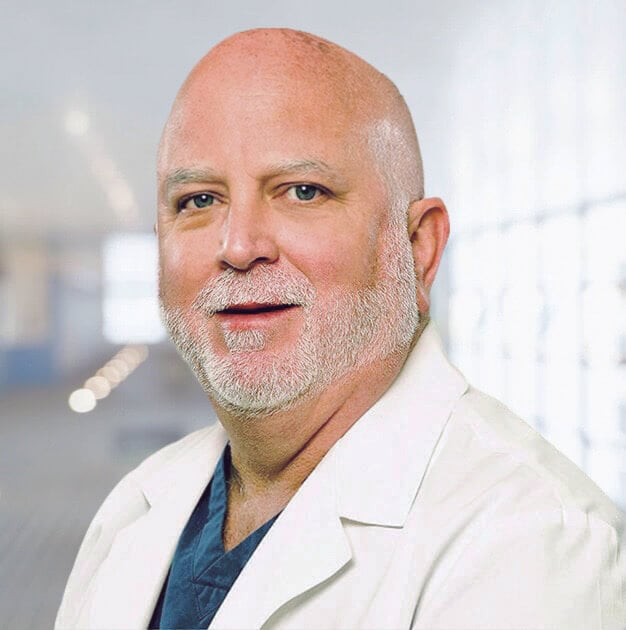Liposuction has been around for a long time. And as old things go, it may not be the most exciting offering on the block. Are there still any reasons to get liposuction in this day and age, considering some of the newer options for body fat removal? Let’s take a look at some of these newer options, as well as the history of liposuction, to answer this question.
Shinier “Objects” Than Liposuction
It’s true – much newer and shinier objects than liposuction have caught our attention in recent years. Perhaps it has to do with the “suction” part. Somehow, the imagery of something being sucked out of your body isn’t so appealing. Eventually, we came to prefer “body contouring,” a term so pleasantly vague that you don’t have to imagine anything specific being done to your body. But now we seem to also have tired of simply contouring our bodies, because there is a new hit in town. It’s called “body sculpting.” Instead of imagining a 16th century Italian artist chiseling away at his marble statue to bring out the most beautiful contours, we can let him sculpt an even more beautiful statue from a misshapen lump of clay. At least that is the image treatments like Sculpsure evoke in my mind. To imagine CoolSculpting, I put my sculptor in a walk-in freezer and let him do his work there.
Why Liposuction is Timeless
But let’s just pause and think for a second. There is a reason liposuction has lasted this long – because it works really well! To stay with the sculptor comparison: Michelangelo’s David has remained one of the most admired masterpieces in the world hundreds of years after he created it, even though much newer and easier techniques for statue-creating have emerged. Heck, with our technology you could 3D-print the entire David without breaking into a single bead of sweat or incurring the tiniest blister on your chisel-wielding hand. But there is a reason modern day artists often return to the tools of the old masters. They might experiment with something new, but when they want to create something lasting and beautiful, they rely on what has worked so well in the past.
Plastic surgeons are not that different. They may feel compelled to try the shiny new stuff, especially when convincing reps knock onto their doors to sell new equipment. They may feel they should offer it as one of their services, to keep up with the competition. They also want – and need – to stay on the leading edge of technology and medical advancements to ensure their patients get the best possible care. There is no doubt plastic surgery is safer and easier on the body today than at any other time in history.
But when it really comes down to delivering the best results for their patients, doctors also tend to rely on what they know works best and has lasting results. In plastic surgery and body contouring, liposuction is that true and trusted tool.
Who Invented Liposuction?
Liposuction may not have the fancy new name, but that doesn’t mean it hasn’t undergone drastic changes over the course of its existence. It was first developed in its initial form in the late 1960s. Incidentally, this happened in Italy. A father and son team of gynecologists, Arpad and Giorgio Fischer, invented a hollow surgical instrument that allowed them to suck fat from a patient’s body without the risk of damaging blood vessels. This was the first cannula.
But the more groundbreaking development in the history of liposuction came when a pair of French physicians, Yves-Gerard Illouz and Pierre Fournier, expanded on the Fischers’ groundbreaking work. What would happen, Illouz thought, when you injected a saline solution into the fat before suctioning? As he predicted, it was a game changer. This “wet technique” substantially decreased bleeding and bruising, and made suctioning off the fat much easier. When Fournier then had the idea to add lidocaine, a local anesthetic, to the saline solution, the modern form of “tumescent liposuction” was born. He rounded out the technique by using multiple tiny incision sites for the cannula instead of just one or two like his predecessors. This made for much more even contouring. Fournier was also a proponent of compression garments to be worn post-operatively to promote even better body shaping.
Liposuction in the United States
When liposuction came to the U.S. in the 1980s, a California dermatologist named Jeffrey Klein further perfected the tumescent technique by introducing a more refined mix of drugs and a smaller cannula. It was now possible to perform liposuction entirely under local anesthesia in an outpatient procedure, and it soon became – and has remained – one of the most popular plastic surgery procedures in the United States. When you hear about the Body Jet, Aqualipo, or simply water liposuction, they all use a variation of what Dr. Klein introduced almost 40 years ago.
We are not at the end of the history of liposuction. New advances continue to be made to give patients an even better experience. Laser energy is an effective tool to eliminate smaller and more stubborn pockets of fat, and they also help tighten the skin – an important part of delivering aesthetic results. The SmartLipo technology and many other laser liposuction brands are based on laser energy. More recently, radio frequency (RF) energy has also been used in body contouring, letting plastic surgeons use thermal energy to liquefy fat and induce skin tightening. This is also known as ultrasonic liposuction. What’s nice about these methods is that they can be used on almost any part of the body in a minimally-invasive manner.
At NuBody Concepts, we use a combination of water liposuction, laser liposuction, and ultrasonic liposuction in a completely customized procedure that’s called Aqualipo. We also use some of these technologies in our miniLift facelift to achieve the same rejuvenation as a traditional facelift with a much faster recovery. Led by our double board-certified plastic surgeon, excellent patient care and high-quality results are our utmost goals.
To learn more, contact us for a personal consultation. You won’t come out looking like Michelangelo’s David, but we’re confident you will come out loving to look at yourself in the mirror.










